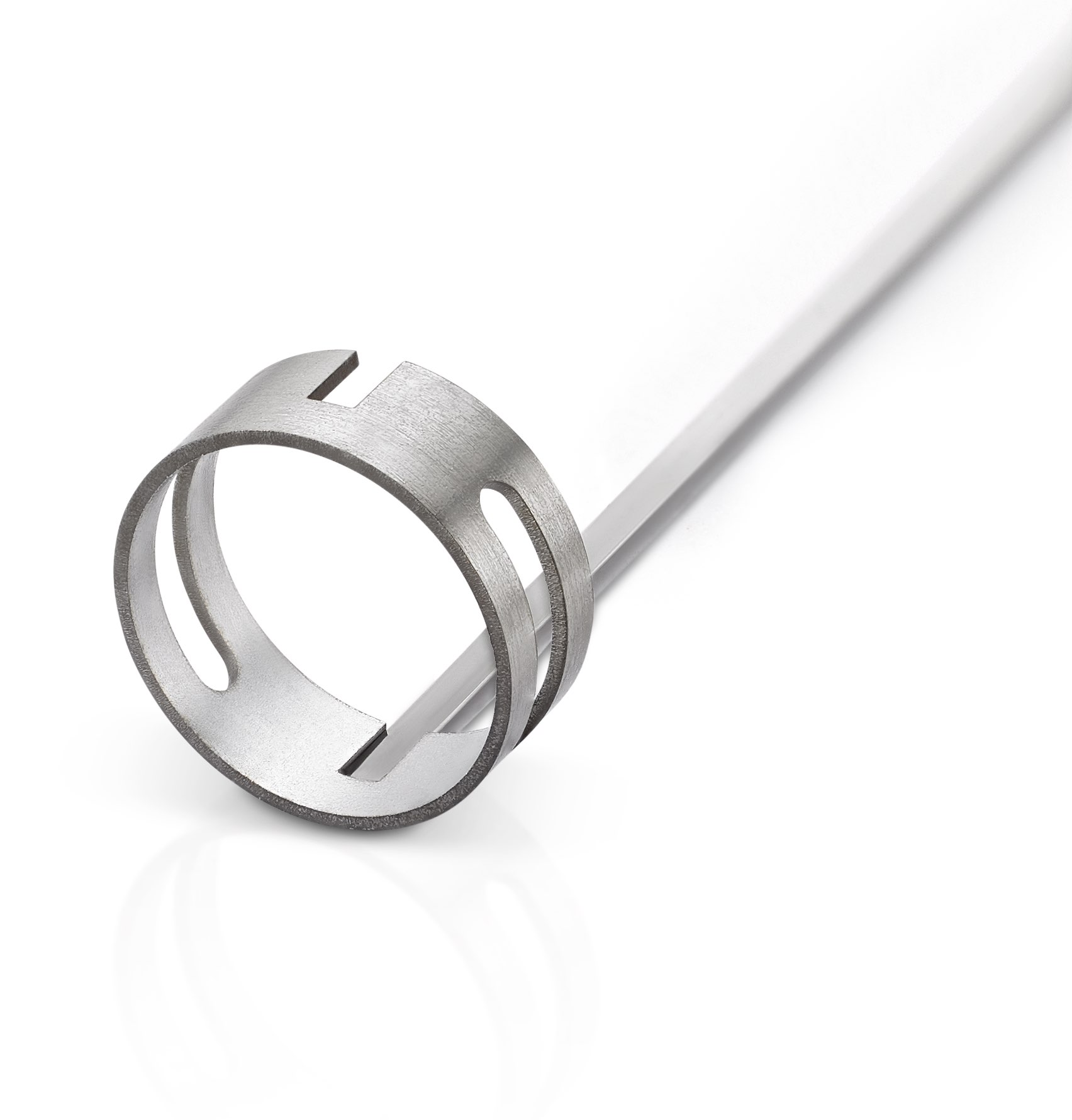Laser welding is the use of the energy delivered from the laser to temporarily melt materials in contact with each other without the use of filler material.

At NPX, we have manual and semi-automated fiber laser systems for the laser welding of metal components.
The strength of a laser-welded joint is highly dependent on the material(s) selected, the design, and laser weld settings.
Material selection is very important to making a strong weld joint. Welding of dissimilar metals typically results in a poor weld due to brittleness in welded regions. Brittle welds are weaker than either of the two materials in the weld by themselves. An example of dissimilar metals would be stainless steel and nitinol.
Welding of nitinol components can be very difficult because of the effect that heat has on nitinol. If the proper steps are not taken to optimize the welding process, there can be localized regions of highly brittle material.
Materials that typically weld well are stainless steels 304 and 316 and titanium.
The gap between two mating features should be kept to a minimum. For most components, we typically recommend that the maximum gap between welded components be 20 percent of the thickness of the thinnest welded component. For example, when welding a component with a wall thickness of .010” to a component with a wall thickness of .025”, the gap between those mating features should be less than .002”.
When possible, designing mating features for welding can greatly improve the strength of joining parts. Designing a mechanical joint for the direction(s) of loading in conjunction with the welding will help mitigate the risk of weld fracture. This allows some of the load to be placed on the metal instead of relying entirely on the weld. In addition, localizing the weld location away from high areas of strain can improve the mechanical performance of two mated pieces.
The laser welding settings greatly impact the success of a laser-welded joint.
The laser welding settings are very design dependent. The power of the laser is the main parameter for the weld and controls weld penetration. The higher the power the deeper the penetration. The pulse width also affects the weld depth, but also has impact on weld width. The spot size is determined by the focus of the fiber laser. A change in focal length will change the spot size for parts at the same working distance.
The frequency of the weld also has an impact on the weld performance for seam welds. The spacing of adjacent weld spots is impacted by the weld frequency and feed or travel speed. 60-70 percent coverage of neighboring spots if strength is the main goal.
Pulse shape can also further optimize a welding process. Typically, this includes a shape that ramps down to help control the cooling rate.


